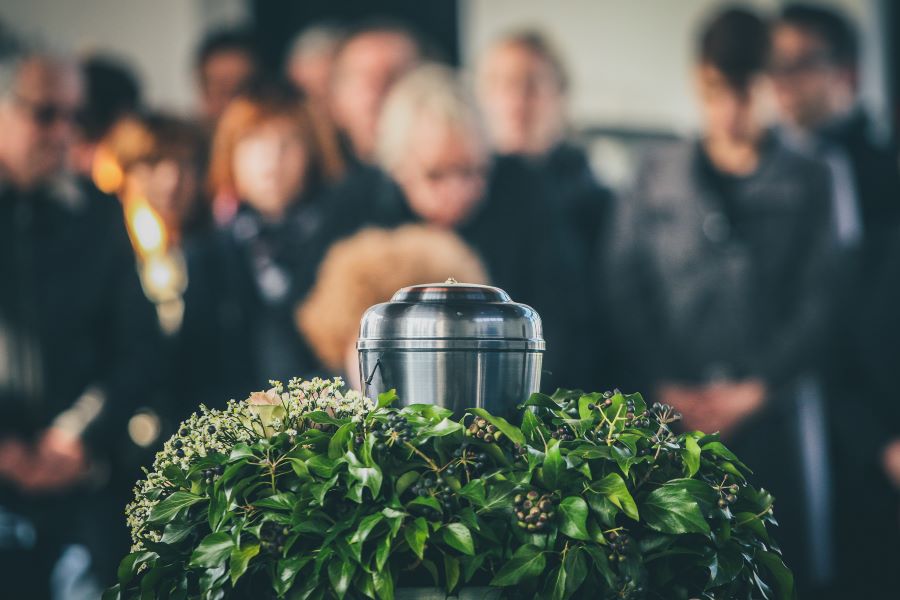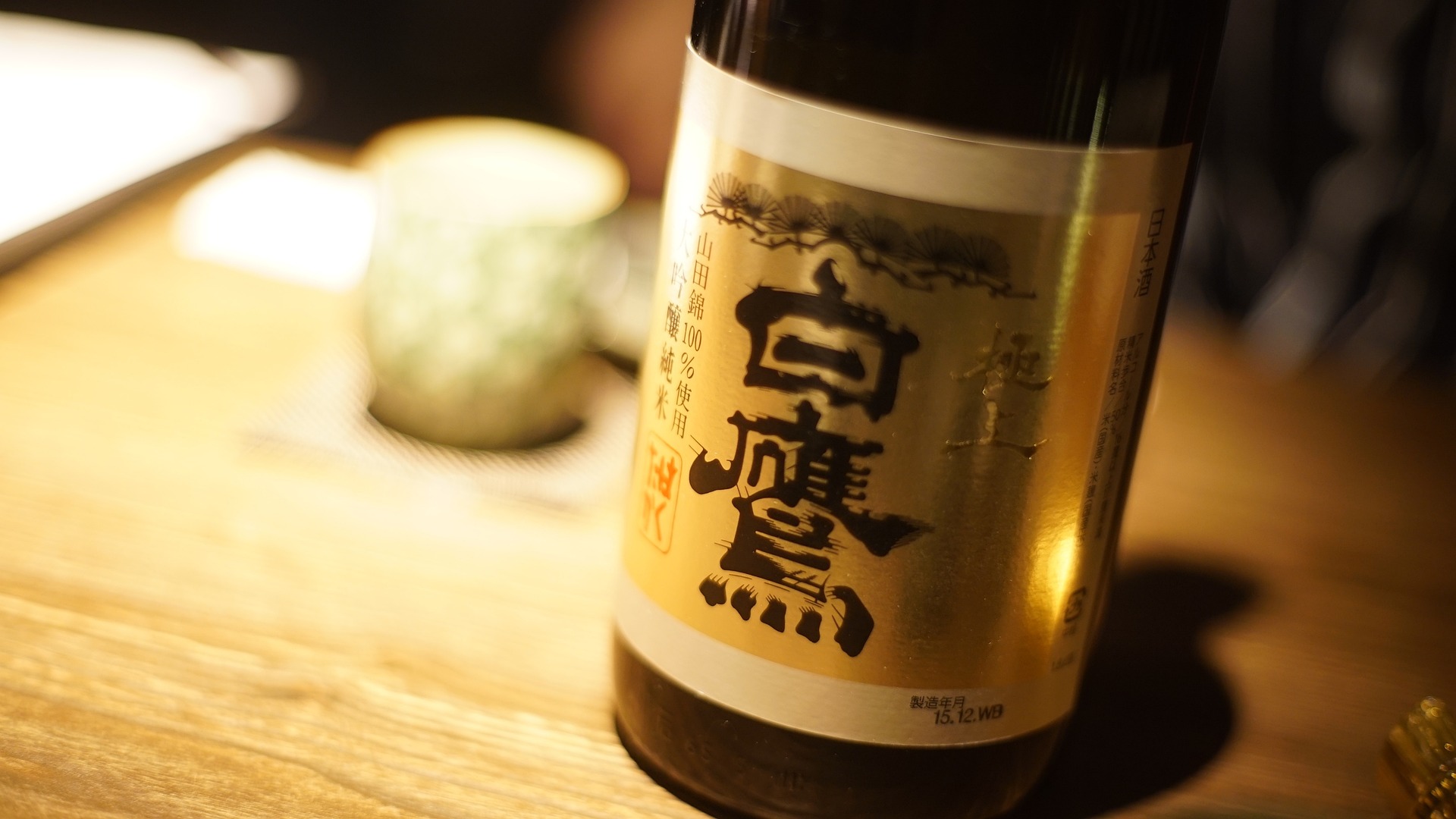Navigating Cremation Services: Understanding the Different Tiers in Australia
When arranging a farewell for a loved one, families are often presented with a spectrum of choices within cremation services, ranging from minimal involvement to fully personalized ceremonies. Understanding these different levels is key to making a decision that aligns with the family's needs, budget, and wishes for remembrance. This article breaks down the common tiers of cremation services available in Australia, explaining the distinction between simple options like Direct Cremation and more comprehensive packages that include viewings and funeral ceremonies. Discover what each level of service entails, helping you navigate the options and choose a respectful and fitting farewell.

Decisions around a funeral can feel complex, especially when balancing personal wishes, cultural practices, and costs. In Australia, cremation now accounts for a significant share of end-of-life arrangements, and providers offer several tiers to suit different needs. Understanding what is and isn’t included at each level helps families compare options, anticipate fees, and choose services that align with their values and budget.
What is direct cremation and what does it cost?
Direct cremation is the simplest tier. The provider arranges transfer of the deceased into care, completes required paperwork and permits, and performs the cremation without a formal attended service. Ashes are returned to the family or made available for collection. It typically excludes a viewing, venue, celebrant, flowers, orders of service, and catering. In Australia, direct cremation commonly ranges from about AUD 1,500 to AUD 4,000 depending on region, timing, and provider. Urban centres can be higher due to transport and facility costs, while regional prices vary with local crematorium fees and availability. Families often hold a separate memorial at home, a community hall, or other locations when ready.
Full-service cremation packages explained
A full-service cremation includes professional care, a staffed and scheduled ceremony (in a chapel, church, or community venue), transport (hearse and transfers), a coffin or casket selection, mortuary preparation, a celebrant or officiant, audiovisual support, printed stationery, flowers, and coordination of cremation and regulatory paperwork. Many providers also offer livestreaming for distant attendees and guidance for personal tributes. Pricing depends on inclusions such as length of venue hire, weekend or public holiday surcharges, and the chosen coffin or casket. In many Australian cities, comprehensive packages commonly sit in the AUD 6,000–11,000+ range before optional extras and third‑party disbursements.
Options for viewing and ceremony inclusion
Between these tiers are flexible options that tailor ceremony elements to budget and preference: - Private viewing: A brief, scheduled opportunity for immediate family to say goodbye, either at a funeral home or chapel, added to a direct cremation pathway. - Unattended cremation with later memorial: The cremation proceeds without attendees, followed by a family‑led memorial in a local venue, park, or home, which can reduce provider fees while maintaining a meaningful gathering. - Simple attended committal: A short service at the crematorium chapel prior to cremation, with limited seating and time, often paired with modest printed materials and minimal floral arrangements. - Community or faith‑based ceremony: Families may work with local services in their area—such as community halls or faith venues—to incorporate cultural or spiritual rituals, then proceed to cremation. These configurations let families choose how and when to include viewing, music, readings, or eulogies while managing overall spend.
How service level affects price in Australia
Costs reflect labour time, facility use, and third‑party fees. Key drivers include: - Location: Metropolitan costs for facilities and transfers can be higher than regional areas. Crematorium fees also vary by site. - Timing: After‑hours or weekend transfers and services may attract surcharges. - Care and preparation: Choices such as embalming, cosmetic preparation, or extended mortuary care add to fees; many families opt for minimal preparation when aligning with direct cremation. - Coffin or casket selection: From simple laminated or engineered-wood coffins to solid timber, choices can shift costs materially. - Ceremony scope: Venue hire length, audiovisual staffing, printed stationery, floristry, and celebrant or clergy fees all contribute to totals. - Administrative disbursements: State permits, medical certificates for cremation, and death certificate fees vary by jurisdiction and are usually itemised. Selecting a tier that aligns with the desired level of ceremony and personalisation typically has the greatest impact on the final price.
Below are indicative, publicly advertised offerings from real Australian providers. Use these as orientation points when comparing local services in your area.
| Product/Service | Provider | Cost Estimation |
|---|---|---|
| Direct cremation (unattended) | Value Cremations | AUD 1,399–2,499 |
| Direct cremation (unattended) | Bare | AUD 1,999–2,699 |
| Simple attended cremation (chapel committal) | Simplicity Funerals | AUD 3,500–5,500 |
| Full-service cremation (chapel or church) | White Lady Funerals | AUD 6,000–9,500+ |
| Family‑led funeral with cremation | Picaluna | AUD 5,500–8,500+ |
Prices, rates, or cost estimates mentioned in this article are based on the latest available information but may change over time. Independent research is advised before making financial decisions.
These ranges are broad because they depend on inclusions. For example, a direct cremation may remain toward the lower end when transfers occur during standard hours and ashes are collected rather than couriered. An attended committal can stay moderate by choosing a simple coffin, limiting flowers and printed materials, and scheduling within standard chapel time. Full‑service packages trend higher when adding extended venue time, premium coffins, large floral installations, professional videography, or weekend schedules.
Practical tips for comparing tiers
- Request itemised quotes: Ask providers to separate professional service fees, coffin/casket, crematorium charges, transport, and third‑party disbursements so you can see what drives differences.
- Match format to wishes: If a gathering is central to remembrance, consider a simple attended committal or an at‑home or community memorial following an unattended cremation.
- Ask about flexible venues: Community halls, outdoor spaces, or faith venues can provide meaningful settings at varied price points.
- Consider timing: Weekday daytime arrangements often avoid surcharges. Allowing standard transfer times can also reduce costs.
- Clarify logistics for ashes: Decide on collection, courier, or in‑person handover, noting any associated fees.
Bringing it together
Choosing between direct cremation, a simple attended service, or a comprehensive package is ultimately about aligning ceremony, timing, and budget. Understanding what each tier includes, how viewings and memorials can be incorporated, and the factors that shift costs helps families make informed, confident decisions. With clear quotes and a focus on the elements that matter most, Australian families can create a farewell that feels appropriate and financially transparent.




